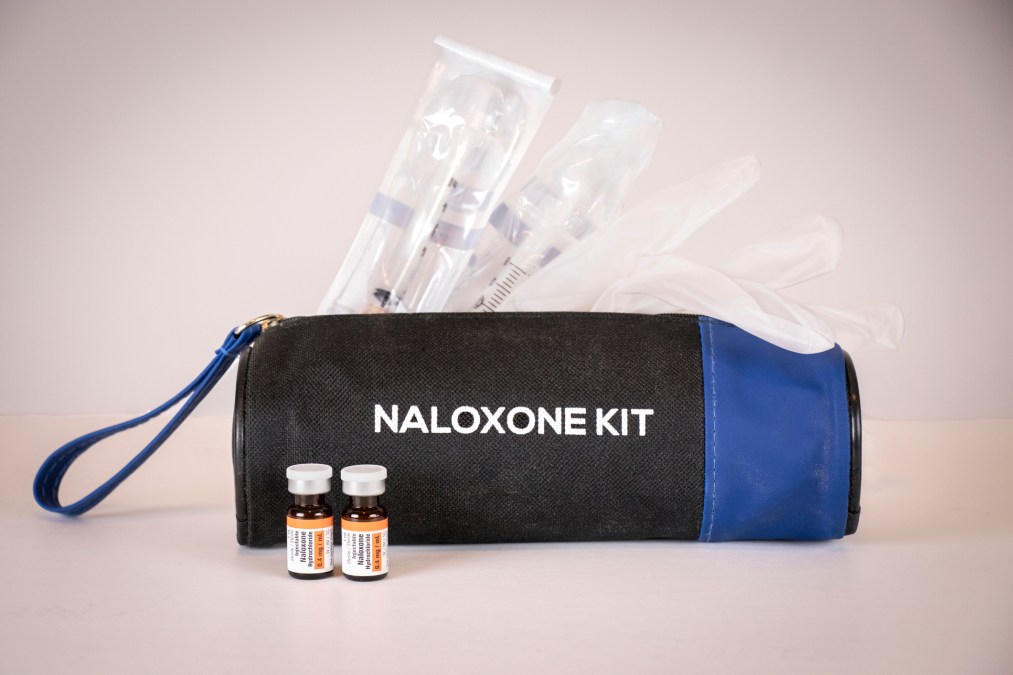Naloxone inventory app gives Nevada clearer view of opioid epidemic

An online system for tracking the distribution of the anti-overdose drug Naloxone is giving the Nevada Health and Human Services Department a clearer view of the opioid epidemic, the department announced on Monday after nearly three years of work on the project.
The department launched the “Virtual Naloxone Dispensary” app in Feb. 2018 to track where and when the state purchases and distributes Naloxone, commonly branded as Narcan or Evzio. Any agency that uses Naloxone — from police forces to community organizations — can use the app to register an account with the state. It’s designed to allow state officials like Dr. Stephanie Woodard, a senior health adviser at Nevada DHHS, to track how much money is being spent on the drug and where shipments are distributed.
“[Previously,] we actually didn’t have much of a strategy,” Woodard told StateScoop in a phone interview. “More often than not, it was [organizations] buying in bulk and sending Naloxone to a distribution site, but we didn’t have a lot of transparency into what was happening with the utilization of the Naloxone, which certainly ran the risk of having Naloxone expiring.”
Perhaps most importantly, the tool allows state officials to track where and at what rate overdoses are increasing or decreasing throughout the state, which saw 412 opioid-related overdose deaths according to its last annual survey.
The opioid overdose death rate been steadily decreasing over the last 10 years from 16.2 people per 100,000 to 11.6, according to the state. But nationally, nearly 128 people still die each day due to opioid overdoses, according to the 2018 data from the National Institutes of Health. And in a report earlier this month, the American Medical Association said it was “greatly concerned” with rises in opioid-related deaths reported by more than 40 states during the pandemic.
The app also allows organizations to report when the drug has been administered. Since launch in Feb. 2018, registered organizations in Nevada have used the app to report 856 cases of what they call “opioid overdose reversals.”
The inventory system, for which planning began in 2017, Woodard said, also allows state officials to be “good stewards” of federal opioid-crisis funding — saving time and equipping state officials with distribution and funding data so they can easily compare statistics year over year. Registered organizations can use the app to request shipments if they’re running low on the drug, and with the help of an automatic notification system alerting Woodard and her team of supply deficits or surpluses, they can shift Naloxone inventory between organizations.
She said the system is helping Nevada visualize more overdose medication data than ever before.
“If we had the transparency into the inventory that different providers had, then instead of us spending additional dollars to purchase Naloxone [for a specific organization], we might actually just be able to use the Naloxone that had been distributed to another community-based organization and move it around the system,” she said.
Naloxone has a shelf-life of about 18-24 months, and is often purchased by states with annual funding from the federal government, all of which has to be used within a fiscal year. So organizations might purchase in bulk for one year and eventually see some Naloxone expire. But the opposite — purchasing small amounts over and over — also made it hard for DHHS to track whether the drug was being used effectively. Woodard said her team figured out on their own that such an inventory system could be helpful, and looked to Salesforce for help with development.





